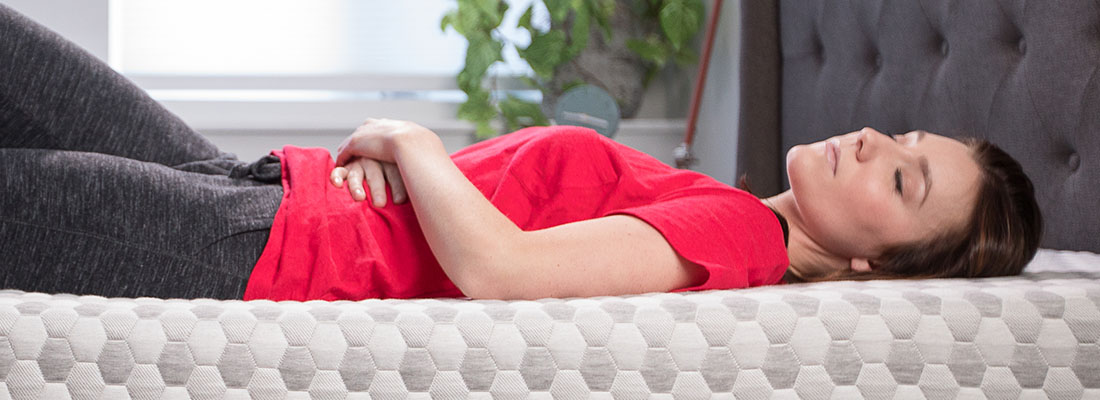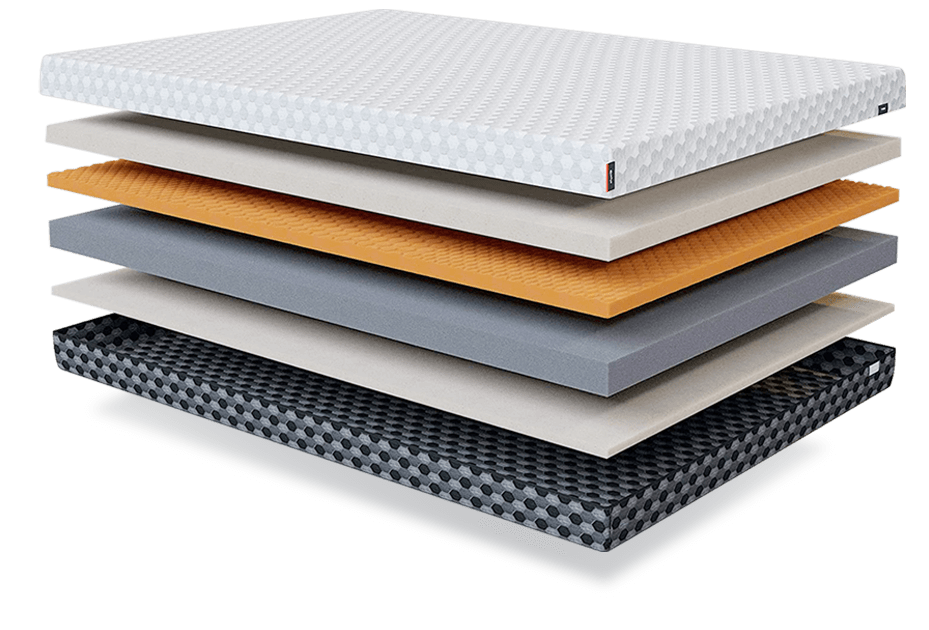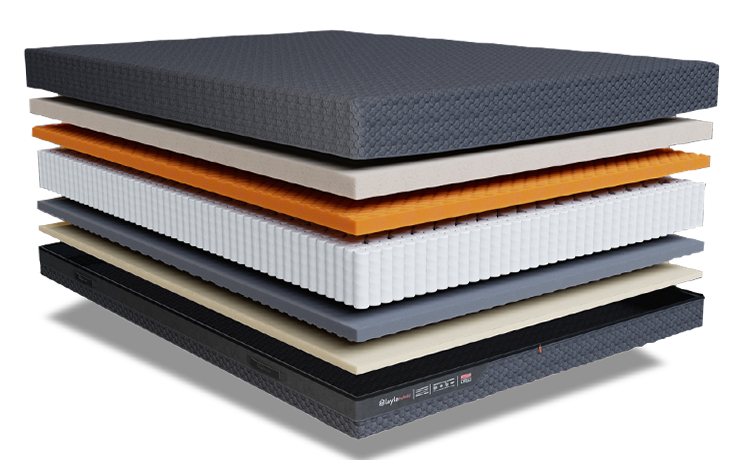Best Mattress for Bad Back Pain

Your mattress could be to blame…
If you suffer from bad back pain. Meanwhile, a good mattress can alleviate some pressure on your back, hips, shoulder, neck, and spine to relieve pain and help you get the blissful sleep you deserve. Layla offers the best mattress for back pain to help you get the quality sleep you need all night, every night.

This luxurious fabric provides:
- Reactive cooling activates with body temp
- White/Gray stitched hexagon pattern
- Zipper for easy removal
This layer provides:
- A soft and plush feel
- Rapid cooling and body heat transfer
- Variable Support for deep compression areas
- Antimicrobial odor control with copper
This layer provides:
- Deep channeling for max cooling
- Surface modification technology
- Zoned SMT for customized support
This layer provides:
- Maximum motion transfer control
- Minimal bounce
- Ensures maximum life
This layer provides:
- A firm, supportive feel
- Rapid cooling and body heat transfer
- Variable Support for deep compression areas
- Antimicrobial odor control with copper
This Luxurious fabric provides:
- Reactive cooling activates with body temp
- Black/Gray stitched hexagon pattern
- Zipper for easy removal

- Super soft fabric
- Breathable
- Integrated handles for easy flipping
- Zipper for easy removal
This layer provides:
- Soft and plush feel
- Rapid cooling and body heat transfer
- Variable Support for deep compression areas
- Antimicrobial odor control
This layer provides:
- Deep channels for maximum cooling
- Surface Modification Technology (SMT)
- Zoned SMT for customized support
This layer provides:
- Pocketed coils for maximum motion control
- Double coil perimeter for superior edge support
- 14 gauge center coils
- 16 gauge edge coils - double row
This layer provides:
- Deep channels for maximum cooling
- Surface Modification Technology (SMT)
- Zoned SMT for customized support
This layer provides:
- Firm and supportive feel
- Rapid cooling and body heat transfer
- Variable Support for deep compression areas
- Antimicrobial odor control
- Super soft fabric
- Breathable
- Integrated handles for easy flipping
- Zipper for easy removal
Back pain? You must be thinking of somebody else.
There’s a lot of science behind how we enhance support for a moving body throughout the night. But who wants to learn about all that science-y stuff? That’s what college was for. Watch how our mattresses support sleepers with back pain in this glorious video we’ve created just for you.

